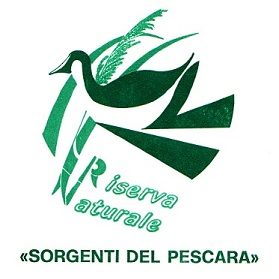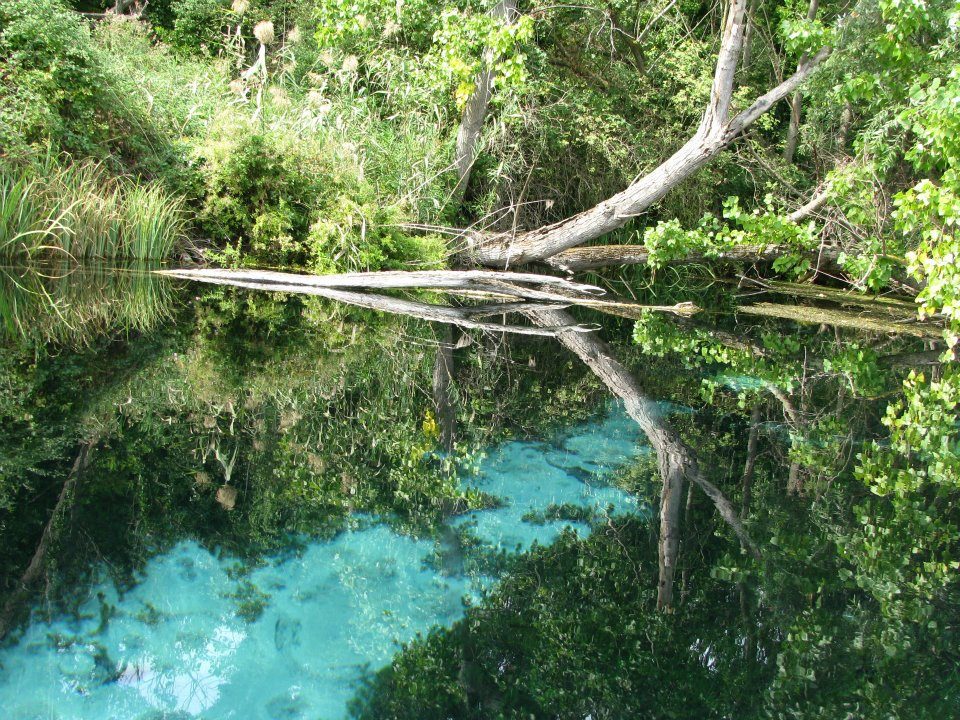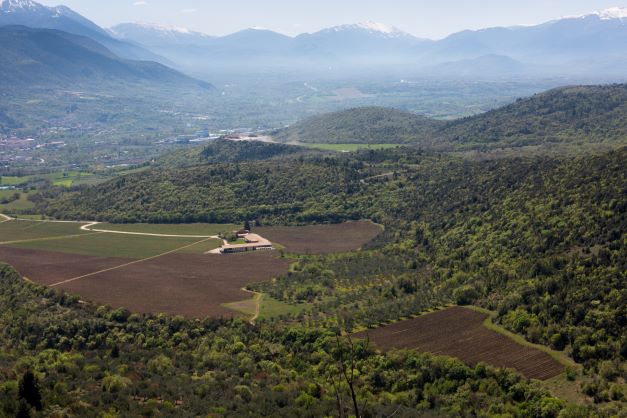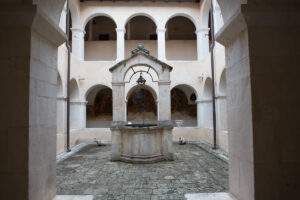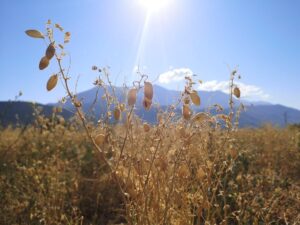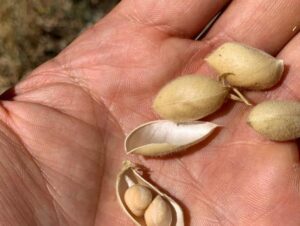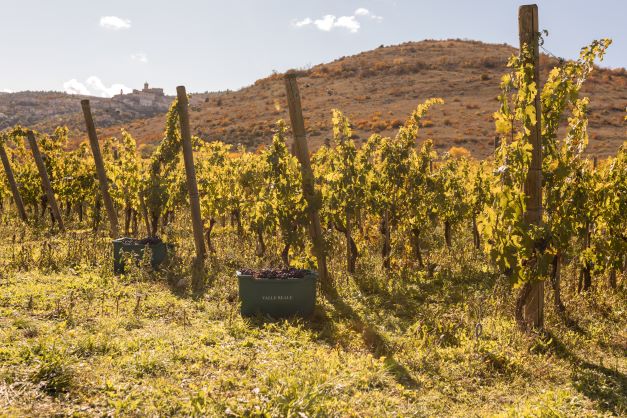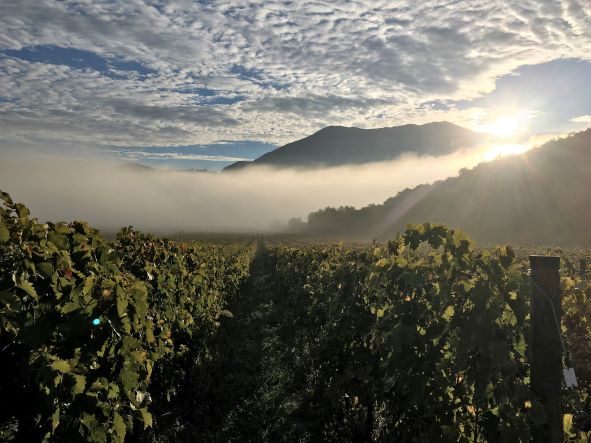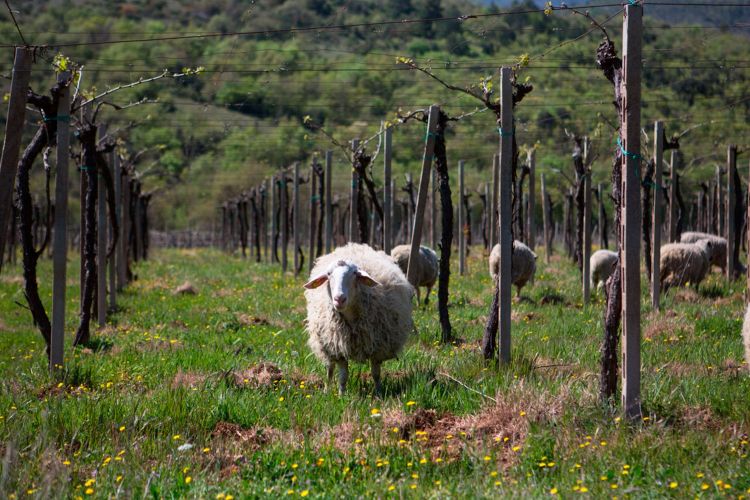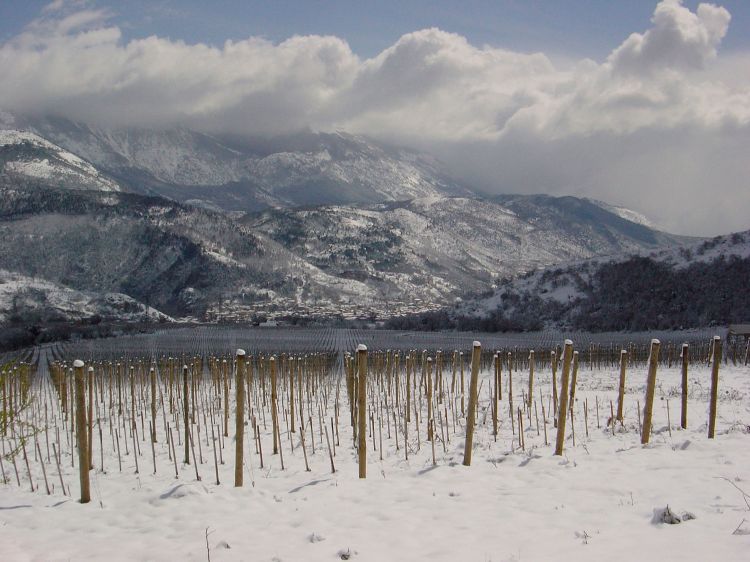🇬🇧 Valle Reale farm
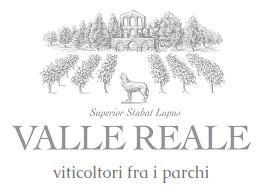
“We are convinced that letting the environment speak for itself is the best way to promote and protect it.”.
This is the conviction that gave rise, in 1998, to the agricultural and agronomic project of Valle Reale. That was the year the Pizzolo Family decided to restore an old vineyard of Montepulciano d’Abruzzo found on the property, that they had acquired years earlier. It was nestled in the valley surrounded by the mountains, not far from the town of Popoli.
Valle Reale is a farm consisting of vineyards and vegetable gardens, where mountain agriculture is practiced daily, always with respect for the delicate natural balance that surrounds it and the traditions of this area of Abruzzo. The farm is located in Contrada San Calisto in Popoli, between the provinces of Pescara and L’Aquila, in the point where the three parks intersect: the Parco Nazionale del Gran Sasso e i Monti della Laga to the north, the Parco Nazionale della Majella to the south, and the Parco Regionale Naturale del Sirente-Velino to the northwest.
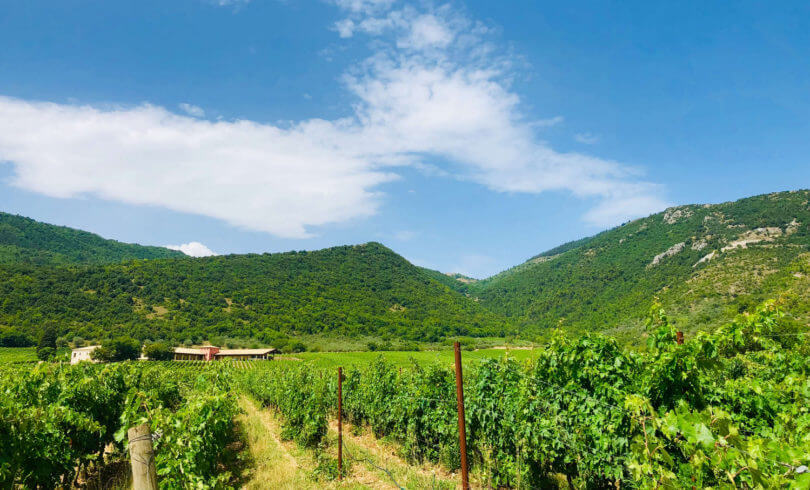
The vineyards grow along a plain that is 350 m above sea level, facing southeast to enjoy the rays of the sun that rises over the Majella and the Morrone Mountains. The vineyards thrive, nestled amidst the mountains that form a sort of amphitheatre around them. There are two adjacent towns: Popoli (PE), situated at the beginning of the Peligna Valley, and Capestrano (AQ), overlooking the Plain of Ofena.
The total of 46 hectares are certified organic for more than half of the surface area, while the remaining area is undergoing conversion to organic methods. The vineyards are subdivided into parcels, each marked by a specific cru and identified by names linked to the history of these places that, thanks to their peculiar soil and climatic conditions, paint the highly unique profiles of Valle Reale wines.
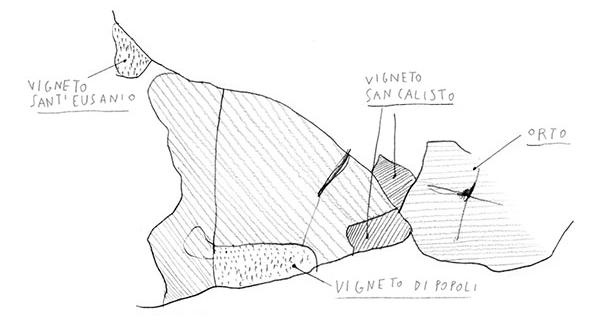
The microclimate here has mountainous traits and is connoted by an element capable of making a crucial impact on the cultivation of the grapes: day-to-night temperature changes. At night, during both the summer and winter months, the temperatures drop due to air currents that descend from the Gran Sasso, while during the day the southeastern exposure of the vineyards ensures constant heating of the air. Thanks to these considerable variations in temperature, the grapes conserve their fragrance and freshness during the ripening phase.

The soils of the vineyards located in both towns are very similar: poor and pebbly, with small to mid-sized stones. Instead, the micro-climatic characteristics of the two valleys differ considerably. Indeed, the vineyards of Popoli are constantly subjected to cold air currents that ensure aeration and low humidity during the ripening phase. This is an extremely slow process and does not reach its ultimate degree of perfection until the beginning of November. Instead, the vineyards of Capestrano are overlooking the Plain of Ofena, also known as “the oven of Abruzzo” – a zone where summer temperatures can be much higher than those of the surrounding towns. Hence, the various growth stages of the plants are accelerated, meaning that ripening may be completed as much as two or three weeks before the vineyards of Popoli, depending on the vintage. Even the environmental contexts where the vineyards are located differ, from the oak and pine forests of the upland of Popoli to the dominant presence of aquatic plants in Capestrano, which together with a wide variety of spontaneous herbs, proliferate around the sources of the Tirino River, one of which is near the vineyards.
THE VINEYARD OF POPOLI
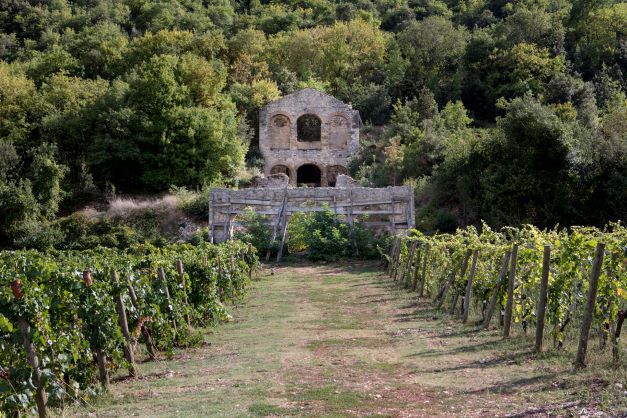
This vineyard stands witness to how the upland of the Valle Reale has been a “wine district” for as long as man can remember. Some of the rows of this vineyard stretch in front of the ruins of a 13th-century building standing out victorious for centuries despite the many earthquakes, overlooking the Popoli vineyard. It has no foundation and it seems that this makes it anti-seismic. Some believe this remains are the facade of a church, because of the name San Calisto, but this building leaning against the mountain was used by the Benedictine monks from the Convent in San Benedetto in Perillis, a tiny village perched on the mountains behind Valle Reale, as a cellar for vinification by gravity. Its three levels, with access from a path on the side of the mountain to unload the grapes, allowed to do the crushing on the highest floor, recovering the grape musts on the second floor, and then draw off using gravity. Inside it hides a 20-meter tunnel carved into the mountain rock, which probably served as aging cellar for wine storage.
The vineyard comprises a parcel amounting to 1 hectare dedicated to Trebbiano d’Abruzzo, while a larger vineyard where Montepulciano d’Abruzzo is cultivated stretches more southward towards the entrance of the valley. This Montepulciano is the offspring of the oldest vineyard of these premises. The whole vineyard is exposed to south-east towards the Majella and the Morrone Mountains, benefiting from the presence of a western forest. The lands are like 350 meters above sea level. The woodland is rich in flora and fauna, with tall trees, undergrowth and flowers that thrive thanks to the healthy air and pure waters of the Pescara River that flows beneath the vineyard. The integrity of this environment is the result of the development of indigenous strains of yeasts that give the Trebbiano obtained from these grapes almost “extreme” connotations, a “Trebbiano from the Cold” as it was called in the first vintage. Strolling amidst these vineyards, encounters with the wildlife that populates these mountains, from deer to badgers, to foxes, and even the occasional sighting of a wolf, are not uncommon.
SAN CALISTO VINEYARD
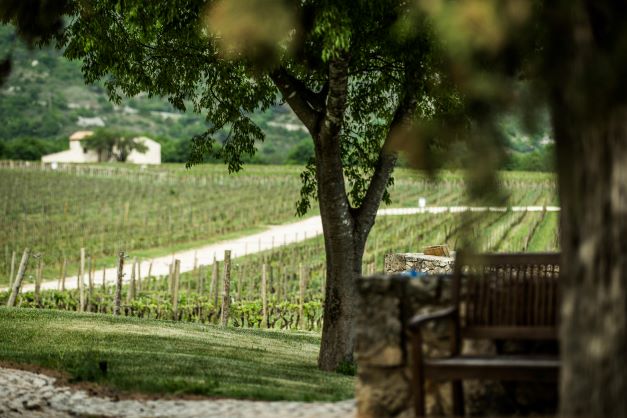
This is the father of all the Montepulciano d’Abruzzo vineyards in Valle Reale. This ancient 8-hectare vineyard, planted in 1960 according to the traditional “pergola abruzzese” – or “Abruzzo arbour” system – and then abandoned by its previous owners, has given rise to the entire agronomic project that we see today. From these vines, the plants were carefully selected from which the buds of Montepulciano were collected and later grafted and used for new plants, which today make up the vineyard of Popoli.
This is a vineyard of great historical value, standing witness to the saga of Montepulciano d’Abruzzo, the first traces of which have been documented in this area of the mountains. The ripening of the grapes is very slow and the harvest is unlikely to take place before the beginning of November. The winds are cold and especially strong in this corner of the uplands. The temperature difference from day to night, which occurs during all four seasons, gives rise to high levels of acidity. This means that the wine is best consumed after many years of aging in the bottle.
SANT’EUSANIO VINEYARD
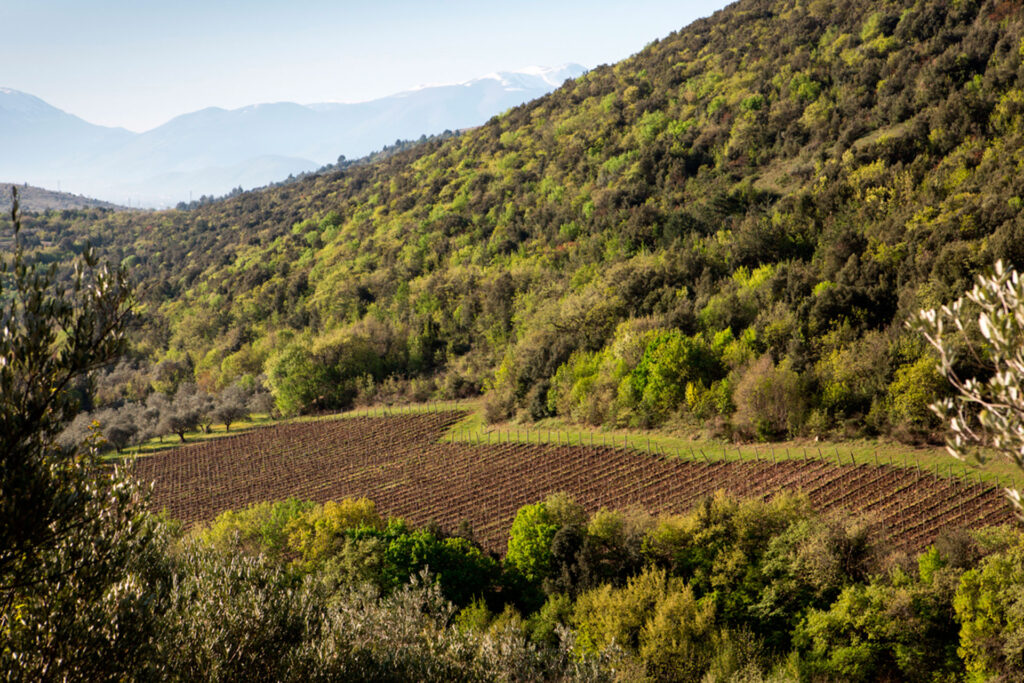
A small garden of vines set amidst pine woods. This is Sant’Eusanio: the vineyard situated at 497 m above sea level in the highest zone of all the Valle Reale.
Here in 2002 the vines were planted in a soil that is poor and pebbly, similar to that of the rest of the uplands. What distinguishes this vineyard from the others of Popoli are the northern exposure and the day-night temperature differences, which here can reach the lowest temperatures in the valley. These factors amount to extreme microclimatic conditions where the clusters of Montepulciano d’Abruzzo Sant’Eusanio ripen, making it a unique wine, an uncompromising expression of the mountain Montepulciano.
Thanks to its uniqueness, this 2-hectare parcel also gives rise to a experimental cru of Cerasuolo d’Abruzzo, which is only produced during the best years, from perfectly ripened grapes harvested at night. The Sant’Eusanio Cerasuolo Notte is completely different from the typical Cerasuolo d’Abruzzo, so it was decided to produce a “Day” version of the same wine, to be able to compare the two Cerasuolo twins that differ according to the different production methods using the same grapes: Notte (Night) with a very short fermentation, while Giorno (Day) is made using the traditional method.
CAPESTRANO VINEYARD
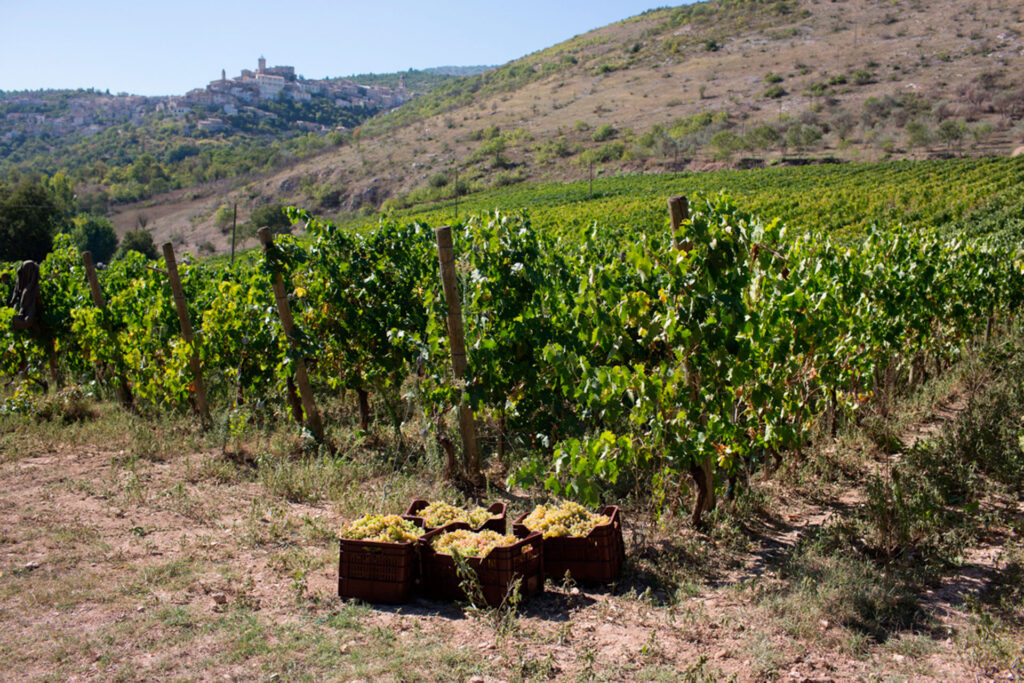
The vineyard of Capestrano is located in the Plain of Ofena, just a few kilometres from Popoli heading toward L’Aquila, in a territory known for the discovery of a vast necropolis dating back to the VI-V centuries B.C.. The most famous artefact from this excavation is the impressive statue of the Warrior of Capestrano.
Dating back to 2003, the cuttings were planted over a total surface area of 23 hectares separated into two lots by the road that leads to the medieval village of Capestrano. For this soil with its notable solid component but, unlike that of Popoli, with a greater presence of clay, the Montepulciano, obtained from a mass selection from the old vineyard of Popoli, was chosen, together with the Trebbiano d’Abruzzo. From among the rows of Trebbiano, a 1-hectare parcel was earmarked on a ridge overlooking one of the three springs of pure water that give rise to the Tirino River, one of the cleanest rivers in all of Europe, whose native name was Tritano, which means “threefold spring”. Having a spring next to the vineyard favors the growth of plants different from the mountain ones of the Parks. The pristine environment of the Capestrano spring has a high level of biodiversity, as demonstrated by the many species of aquatic plants, brush, flowers, and spontaneous vegetation, which through the autochthonous yeasts bestow the wines obtained from these grapes their unmistakable organoleptic profile.
The importance of this vineyard for the history of the Valle Reale is fundamental, because the grapes of these rows of vineyards inspired research in the field of comparative experimental wine-making processes, which made possible to understand how grapes of the same variety, the same vintage, and harvested in close proximity could be characterised by completely different bouquets, thus giving rise to the cru project.
THE CONVENT VINEYARD
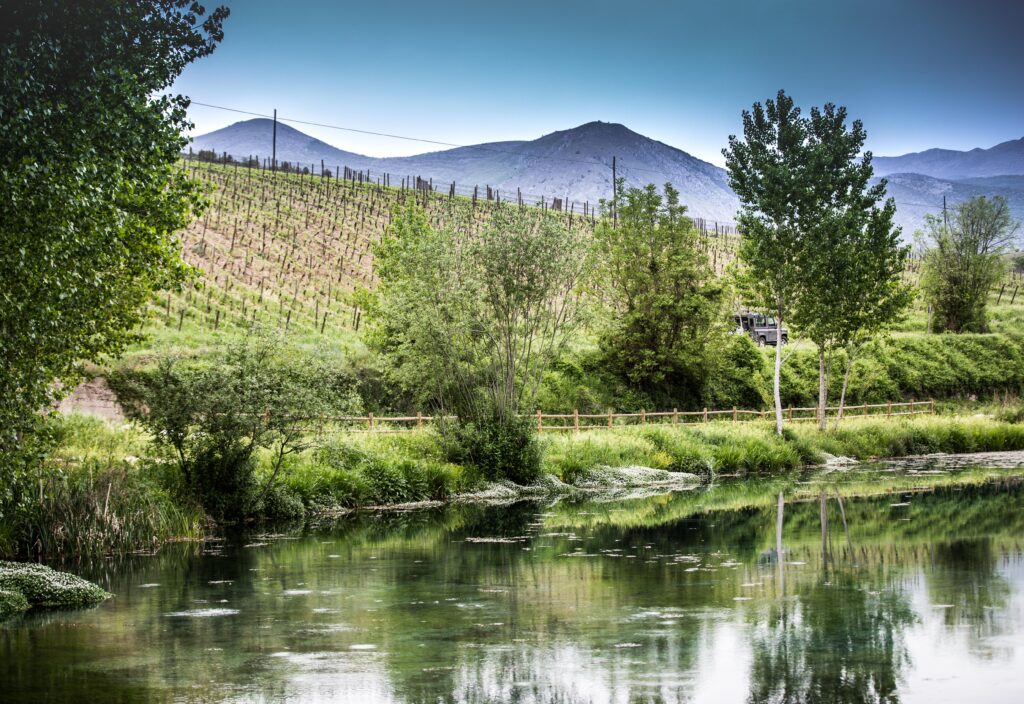
The Convent Vineyard is the most recent cru defined within the surface area of the vineyards planted in the town of Capestrano. This 4.5-hectare vineyard stretches over the higher part of the terrain, where vineyards and vegetables were once cultivated, belonging to the ancient Convent of St. Francis, built beginning in the mid-XV century on a hill overlooking the small hamlet of Capestrano. Founded by St. John of Capestrano (1386 – 1456), who together with Saint Bernadin of Siena spread Franciscanism throughout the world, the convent is now a treasure chest that encompasses the history of this part of Abruzzo in a rich library of ancient manuscripts and original papal bulls.
It was 2003 when the cuttings of Montepulciano d’Abruzzo were planted, obtained through a selection of the ancient vineyards of Popoli in a poor soil rich in rock fragments but with a good portion of clay, which makes it possible for the soil to retain water , thus relieving the vines of water stress during dry spells. With its southeastern exposure, and so constant sunshine, the microclimate so different from that of the Popoli uplands results in two significant consequences: harvests that are on average two or three weeks early, depending on the year, and a Montepulciano d’Abruzzo which is outstanding for its power and concentration compared to those produced in the other crus of Valle Reale.
THE VEGETABLE GARDEN
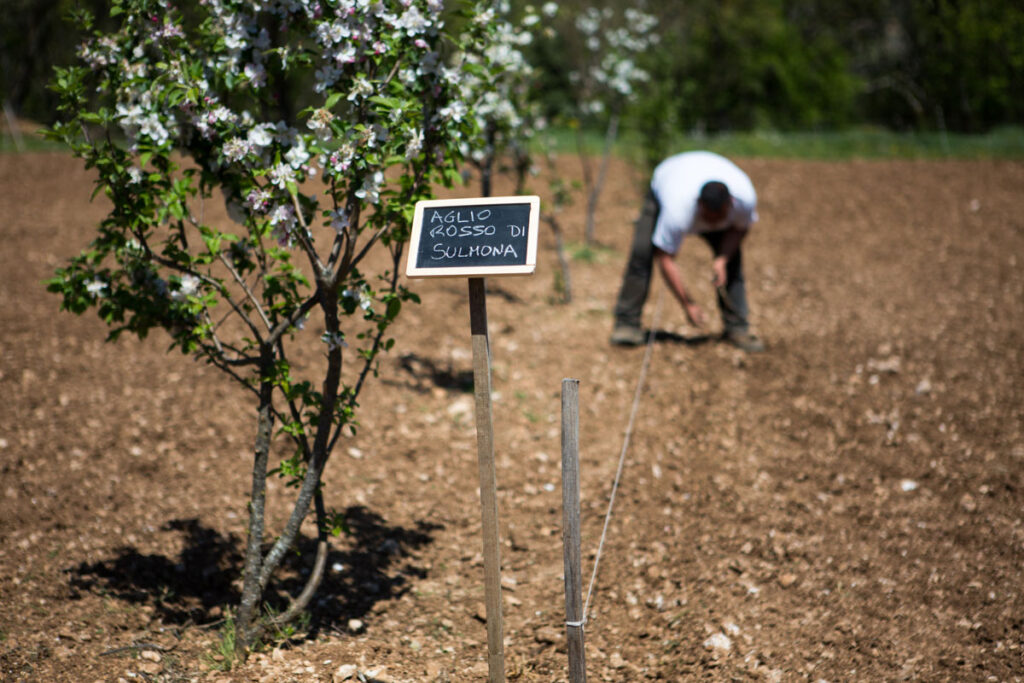
The idea of a biodynamic garden was born in Valle Reale about halfway through the year 2000, as the ideal complement to the vineyards within the larger agricultural and agronomic project that was being brought to life. Today that idea has become a reality.
Since 2015, two hectares of land adjacent to the company offices have been dedicated to the cultivation of ancient local varieties of cereals, vegetables, and legumes. Valle Reale is part of an exclusive group of “custodial farmers“, a network of people and farmers who, in close collaboration with the Regional Agency for the Abruzzo Agricultural Development Services, exchange ideas and local varieties and plant ancient varieties of vegetables that are in danger of extinction in order to safeguard them throughout the protected territory. For this reason, a special seedbed was created, where the seeds are planted to be then cultivated in the vegetable garden.
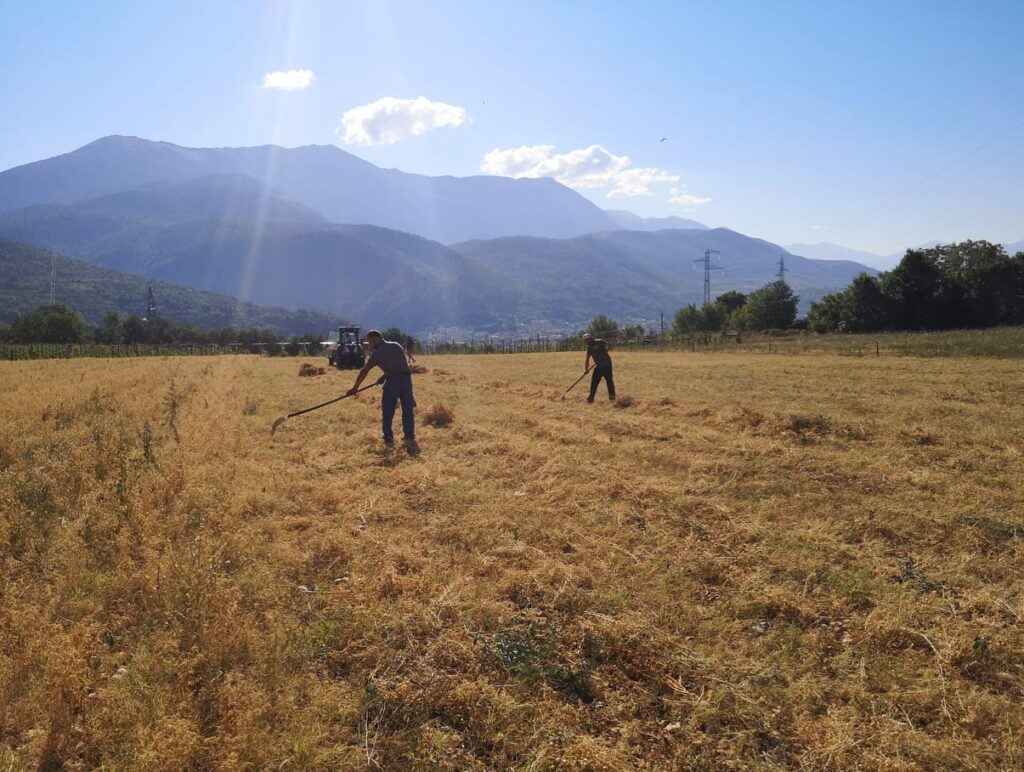
The objective of this experimental initiative is to conserve the numerous traditional cultivars of Abruzzo, fruit of the selection made by both man and nature over the course of centuries, that have evolved in forms of a genetic nature that enable the plants to resist and adapt to climatic changes. The approach selected by Valle Reale favours the maintenance of the soil in a normal or “wild” state, and promotes a profound respect for the earth as a living organism.
An example of this is the Navelli white chickpea, cultivated to give back to the soil the necessary nutrients for the future vineyards and whose seeds were donated by one of the Park’s custodial farmers. The cultivation of chickpeas in Abruzzo dates back to the Middle Ages, but the documents attesting the production of Navelli chickpeas date back to the 19th century. These legumes – grown between 300 and 800 meters above sea level on poor soils, rich in skeleton – are characterized by their small size, among the smallest in the world, the cream color and smooth surface. In Valle Reale they are cultivated with very low yields without any treatment or irrigation: a luxury protein for its beneficial properties, greater than other varieties of chickpeas.
THE WEATHER STATION
The Valle Reale farm houses a weather station at an altitude of 400 m above sea level, which has been active since 13 May 2013 for weather and environmental monitoring and is managed by the AQ Caput Frigoris Weather Association.
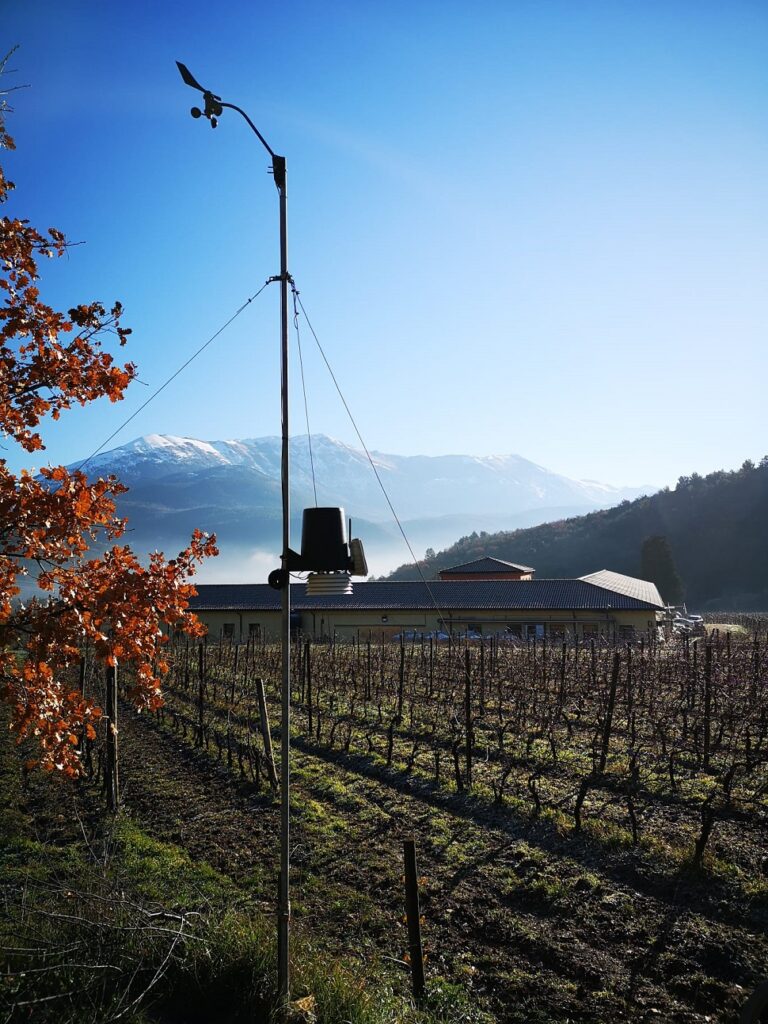
Climatically, the town of Popoli is located at the western outlet of the famous Gole di Popoli, once known as the ‘Intramontes’, ventilated almost at all hours and with the climatic faculty of being between two types of currents, humid marine to the east, drier mountainous from the west, so much so that there is a nice refrain: ‘Tre Monti without winds is like the devil without teeth’.
The installation of the weather station, however, is in the Valle Reale locality, about a couple of kilometres to the north-west on a plateau sloping towards the south-east at an altitude of about 400 metres, with a magnificent view of the northern part of the Morrone chain and Mount Roccatagliata, the last peak south of the Gran Sasso. Sloping plateau beautifully planted with vineyards, those of the Valle Reale estate.
It should be noted that the area in question is not as windy as the town centre of Popoli, which is more exposed to the action of the currents due to the geographical nature of the gorge; in the area in question, the gorge is instead sheltered by Monte Castiglione (592 m), while to the north and northwest runs the Strada delle Svolte, S.S.17, dominated by Monte Croce (971 m) to the west, and the village of San Benedetto in Perillis (850 m) and the Mandra Murata chain rise, with the highest elevation on this side reaching 1249 m. Therefore, this semi-hollow is rather sunny and fairly sheltered; rather wooded, olive trees also proliferate here. Precipitation averages 800 mm, but in some years it may even exceed 1000 mm if easterly currents prevail.
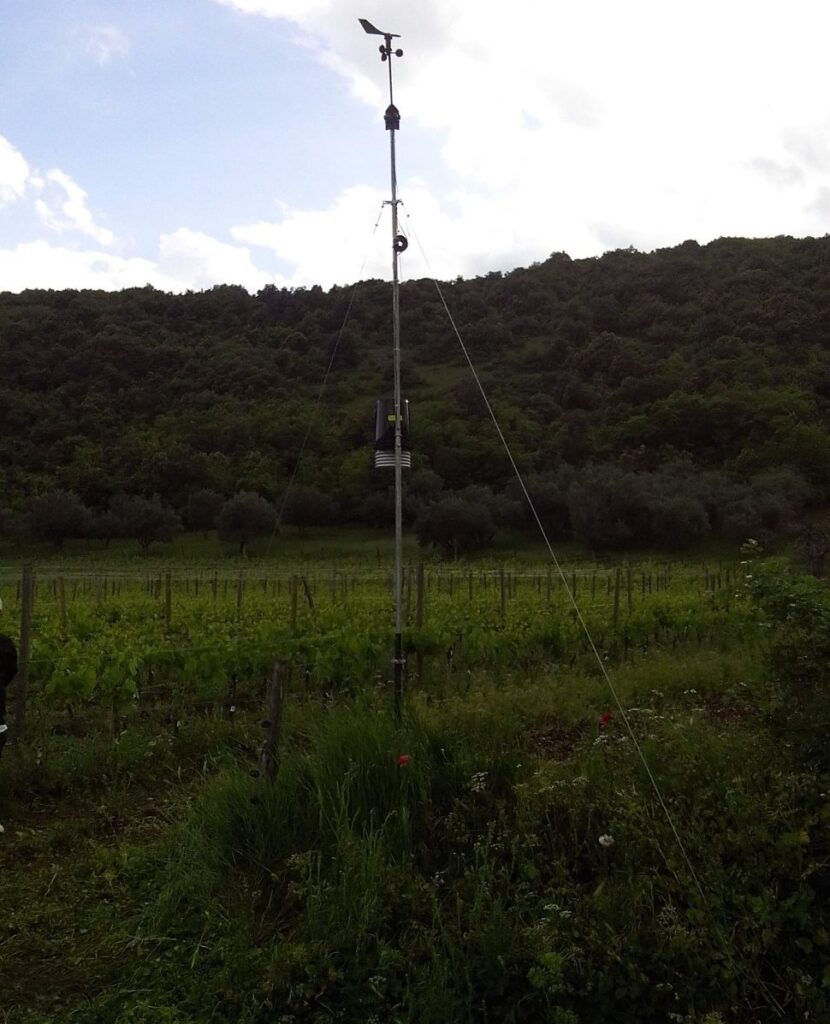
THE GUEST HOUSE
The company’s activities, with an attentive and witty eye on the growing phenomenon of wine tourism, also include a small, charming accommodation facility: the “San Calisto – Rooms with vineyard“, a small guest house surrounded by the vineyards of Valle Reale and immersed in the wooded nature of the Abruzzo Parks.
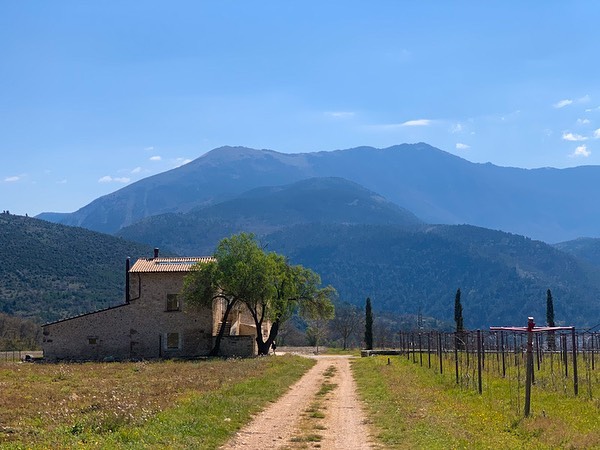
Valle Reale is evolving towards the future, in absolute respect for the uncontaminated environment that surrounds it, aware of the role of caretaker that it has been designated for.
Sources and additional information:
Valle Reale Winery, on abruzzotravelling.com
The Abruzzo of Valle Reale, on winesommelier.it
Visit to the Valle Reale farm, on bwined.it
Valle Reale, a winery in the Abruzzo parks, on Italia a Tavola
Valle Reale, the elegance of Abruzzo, on Italia a Tavola
Valle Reale, where wine is revealed, not constructed, on ilGolosario
Valle Reale, the mountain wines that tell the magic of Abruzzo, on Identità Golose web
Valle Reale, when entrepreneurship is virtuous, on Il TaccuVino
The Valle Reale, on The Good Life Italy
Surprising Abruzzo – The mountain wines’ pact with time, in Il Giornale
